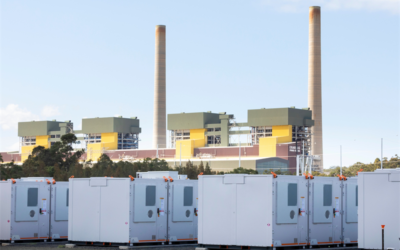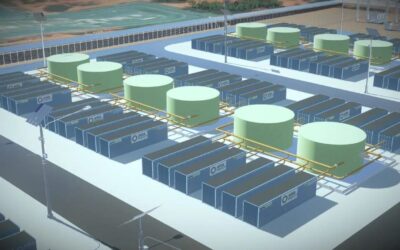
Australian mining group BHP will use a 45MW solar, 35MW battery energy storage system from Alinta Energy to halve emissions at its WA Iron Ore port facilities at Port Headland by end-2024.
The company has signed a renewables power purchase agreement (PPA) with utility Alinta Energy, which will see the construction of the solar and energy storage project. It has not revealed the underlying battery technology or duration of the system.
They will be built at Alinta’s Port Headland 210MW dual fuel gas and distillate power plant 14km away from the port facilities operated by BHP, which will be the foundation customer of the co-located project.
A press release didn’t say exactly when the site will be completed between now and end-2024, but said construction of the solar farm should start in December 2022 and would seek to utilise local Aboriginal group-owned businesses.
Try Premium for just $1
- Full premium access for the first month at only $1
- Converts to an annual rate after 30 days unless cancelled
- Cancel anytime during the trial period
Premium Benefits
- Expert industry analysis and interviews
- Digital access to PV Tech Power journal
- Exclusive event discounts
Or get the full Premium subscription right away
Or continue reading this article for free
The solar array is expected to provide 100% of the forecasted average daytime energy requirements for BHP’s port facilities. The remaining power needs will be met through the battery storage and the existing gas power facilities. BHP said the expected halving of emissions is based on current forecast demand compared with its emissions for its financial year 2020.
The port connects to BHP’s mining operations in the Pilbara region, including Newman, Mining Area C, Yandi and Jimbleba, and is one of the largest in the world with around 300 million tonnes of iron ore exported a year. The transportation, unload and loading of iron ore generates substantial emissions.
But mining operations themselves have a far, far greater energy demand. A consortium founded recently said that by 2030, the mining industry in Australia alone will require 9,710GWh of energy storage, some 13x what analysts are forecasting will have been deployed by that year.
BHP and Alinta Energy have also entered into a memorandum of understanding (MOU) for the development of the Shay Gap Wind Farm, a 45MW facility currently planned for a potential first-generation date of 2027.
The deal builds on BHP’s previous PPAs to provide renewable power to provide renewable energy to its Nickel West operations in Western Australia, Olympic Dam operations in South Australia, BMA operations in Queensland and the Escondida copper mine in Chile.





